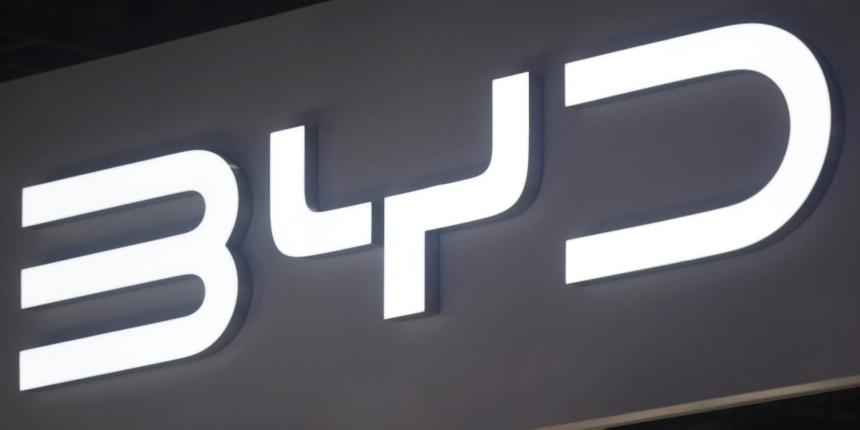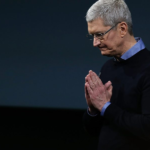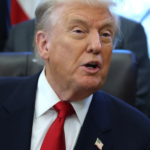Life at the top is proving complex for China’s leading automaker, and there are fresh challenges on the horizon.
BYD Co.’s monthly sales have stagnated of late and with the summer months being a traditionally slower time for consumer purchases, that trajectory isn’t expected to reverse any time soon.
Some of BYD’s international forays are also proving more challenging than expected, raising the question, is China’s No. 1 automaker on shaky ground?
The Shenzhen-based behemoth currently looks like it will undershoot its annual sales target for 2025, in what would be a rare miss after a multi-year bull run. The number of electric and hybrid vehicles BYD needs to sell each month through December has hit 560,000 units, in excess of levels it could hope to achieve typically in a single month. The most vehicles BYD has ever sold in a month was just shy of 515,000, in December last year.
Analysts are now doubting whether BYD can hit 5.5 million units in 2025. Consensus estimates continue to be downgraded.
Deutsche Bank AG earlier this month said it now expects 5 million in wholesales, or deliveries to dealers, for this year, comprised of 4 million domestic units and 1 million overseas, while Morgan Stanley last month lowered its projection to 5.3 million, pointing to a smaller number of new models. Bloomberg Intelligence’s Joanne Chen says BYD will need to sacrifice some profit and maintain its hefty discounting in the second half if it wants to stay on track.
“Regulatory scrutiny will temper direct cuts to vehicle sticker prices but competition isn’t going away and retail promotions are still needed to sustain sales momentum,” she said. “New model roll outs and steady tech upgrade are also crucial.”
Bing Yuan, a fund manager at Edmond de Rothschild Asset Management, said many market watchers now realistically expect sales of around 5 million. “My sense is that is the consensus,” she said.
Stripping out overseas and commercial sales, BYD’s core car deliveries in China are shrinking. In June, they slipped 8% year-on-year as vehicles from brands like Zhejiang Geely Holding Group Co., Xpeng Inc. and Xiaomi Corp. won over buyers. HSBC Holdings Plc data show that Geely was the largest gainer of market share in the first half, while BYD was among the biggest losers.
Overseas sales are faring better and those are looking on target to reach BYD’s forecast of 800,000. Indeed, BYD is already almost 60% of the way there. But while higher margin international sales will help BYD offset aggressive domestic discounting, some foreign markets are presenting new difficulties.
Whether Beijing can actually stop price discounting by a privately held company is a point of debate.
Tianlei Huang, a China program coordinator at the Peterson Institute for International Economics, said authorities may resort to administrative tools such as price reviews or cost investigations to establish a de facto price floor, or coordinate a concerted capacity reduction among leading EV makers, although he acknowledged those measures won’t be easy.
Regardless, BYD must be careful. As the company gears up to release first-half results later next month and July sales data within weeks, analysts will have their spreadsheets at the ready, waiting to see whether those 2025 targets look even further in the distance.









